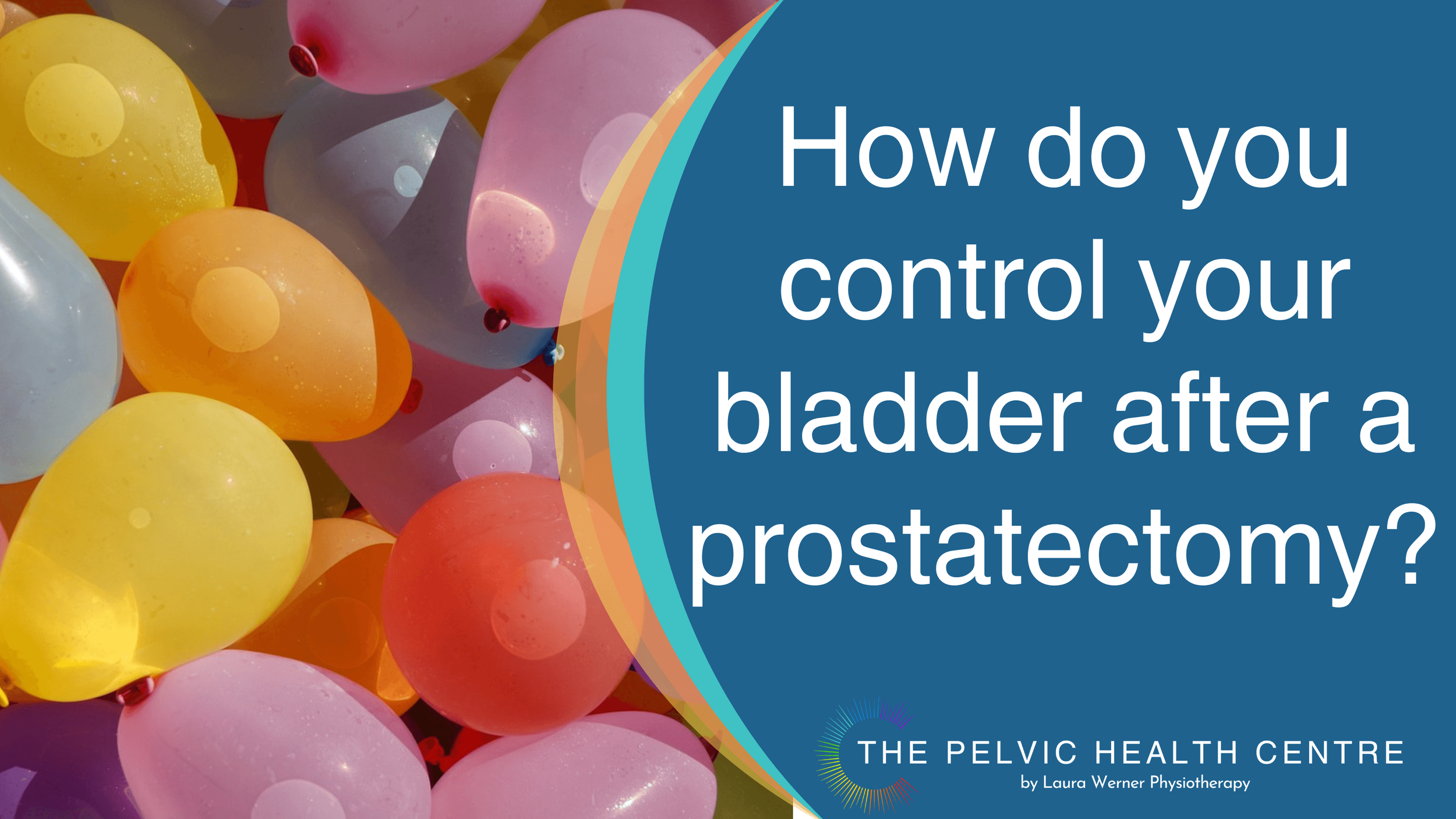Prostatectomy and Bladder Control
Of the options available in physical therapies there is a general division between passive and active therapy. Passive therapy is something that is done to you, such as hot packs or receiving a treatment from a chiropractor. Active therapy focuses on the individual being an active in the participation of their treatment. They learn about:
What is going on in their body
The mechanisms of what things are supposed to be doing.
What is not working properly in the body.
How to help yourself and how to learn how to use your body to help bring yourself relief.
In respect to urinary incontinence after a prostatectomy, the goal of active therapy is to optimize your pelvic floor control to reduce the frequency or likelihood of involuntary urination.
In the video below I discuss the challenges that arise for men who have received a prostatectomy including urinary incontinence, which is a common morbidity after radical prostatectomy. In this open-format talk, I discuss:
What are bladder control mechanisms? How is the bladder supposed to work?
What are the effects of external beam radiation and brachytherapy on the bladder?
How does prostate surgery effect continence?
What are pelvic floor contractions? What are kegels?
Proper pelvic floor contractions: Why having an physical exam and assessment of the contraction is more effective than verbal or written instruction.
How to use cognitive behavioural techniques to help calm down the bladder.

